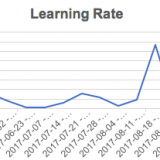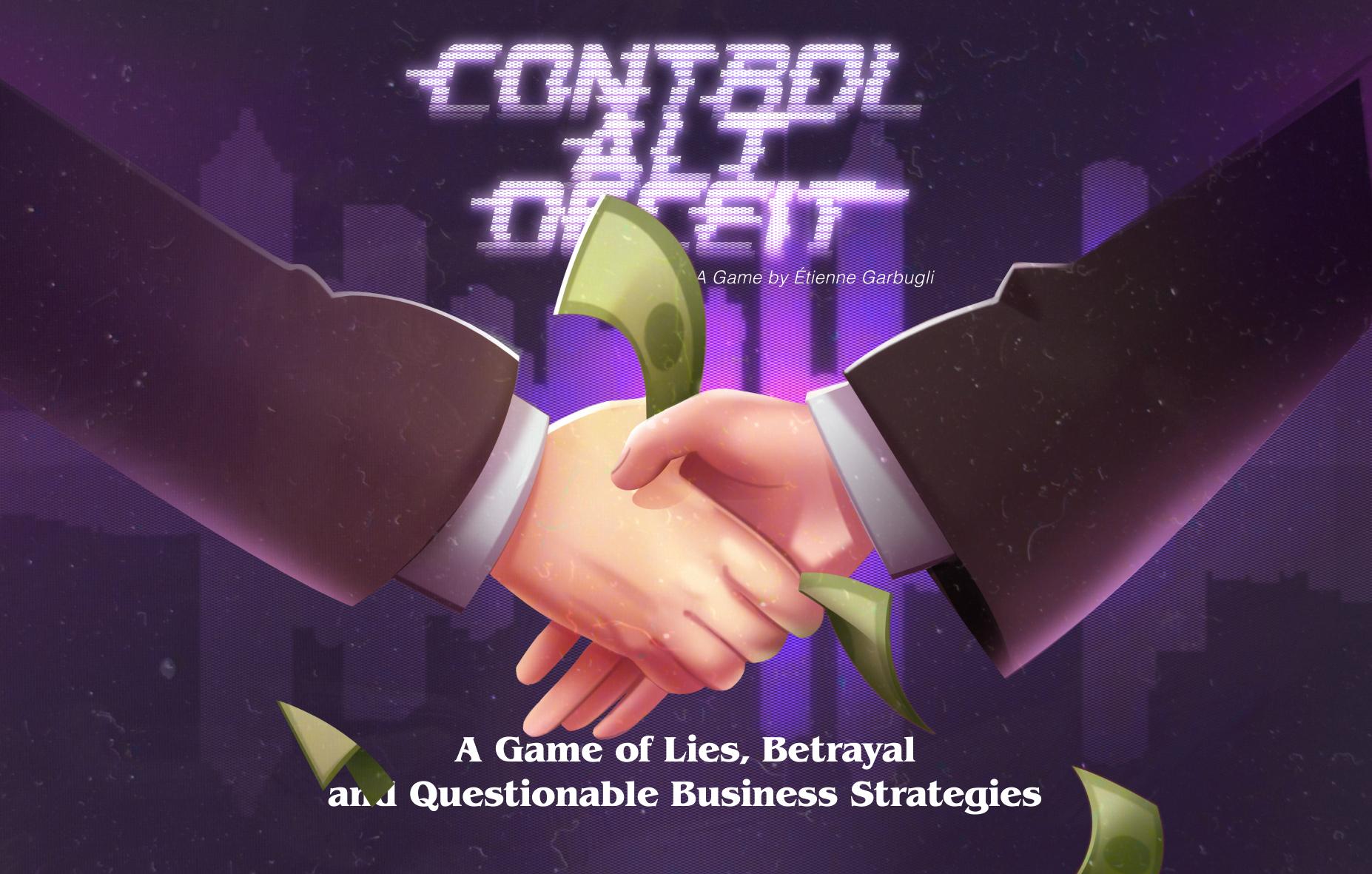5 Productivity Experiments for 2025

Ludo and I are pretty big on productivity. With an app to build and the need to get production-ready in a bit under 6 weeks, there’s a lot of things we need to get done.
As a bootstrapped, two-man unit, it makes sense to try and do more with less. That’s why we thought we’d share five of our personal productivity experiments for the year.
1. Routines
I manage Highlights, but I also manage the business around my book Lean B2B. It takes a lot of time, and there’s a lot of moving parts when you consider the needs of both businesses.
To help me, I introduced what I call routines – step-by-step written processes – for when I’m repeatedly tackling certain tasks. For example, when I’m evaluating the performance of my email opt-ins, my routine looks a bit like:
- Update numbers
- Get unique user counts for the Blog and the Homepage from Google Analytics
- Check the signup forms in Mailmunch
- Download and consolidate Mailmunch and Sumo email data
- Run through subscribers line by line …
Having a written process helps me separate thinking and execution. It removes hesitations and the need to rely on my memory; I can just focus on getting the task done.
If I need to improve the way I perform the task, I actually just improve the steps in the routine. I don’t waste energy thinking about the best way to complete the task each time. So far, routines really helped improve my productivity.
2. Audio Books
I read more or less twelve to fourteen books each year. Most of these books are nonfiction.
My hypothesis for this productivity experiment is that by “reading” audio books I’ll be able to read more, and maybe read faster.
I started a little bit before the Holidays, and so far, I’ve read three audio books. Each of these audio books took two to three weeks to read, which is about half the time it would have taken to read the paperback versions.
To help facilitate this, I started using Audible. Their model is quite interesting because you buy books via a subscription. For roughly $15 per month, you get one book, which is actually less than you’d pay for most Kindle or paperback books.
I’m not sure if I’ll retain as much information with audio books, but so far, I read faster. More on that later during the year.
3. Stories
Every day, I add content to Pocket, bookmark videos and how-tos, and consume useful content.
However, most of the content I interact with is not generally useful. A lot of the content I run into is actually stories explaining how other people did things. This type of content doesn’t typically affect my work.
For example, an article explaining how Amazon did this and then got this result or how Gary Vaynerchuk is planning to do another thing to get a big win has no impact on my day-to-day work.
When I’m working, the content I look at has to be problem-specific. For example, if I’m working on optimizing my email program, I want to read content specifically on that topic, nothing else.
This year, I’m changing the way I categorize content to separate stories from more actionable content.
There’s a time for problem-specific content (when I’m faced with a problem), and a time for stories (when I’m looking for entertainment). Separating both types of content allows me to only consider stories when I have time to kill.
So far, this separation is helping me steer clear from distractions.
4. Reusing Content
“Maximize the value of everything you create. Save your outgoing emails and rummage through them periodically for ideas and copy you can reuse.” – Jay Conrad Levinson, Michael Larsen, and Rick Frishman
Every day, we create useful content without realizing it. We write emails with different greetings or thank yous, we send meeting invitations, we solve support tickets, we share messages on social media, etc.
At the end of the day, we create a lot of content, and that content can be reused. To do that, I started using an app called TextExpander, available on Mac and PC.
TextExpander allows you to create short codes (snippets!) to help populate information instead of typing it.
If, for example, I type ‘LinEN’ (LinkedIn English) on my computer, I get this customizable greeting message:
This allows me to quickly respond to people on social media, send emails or retrieve key information. Instead of spending two to three minutes writing a custom email, it now takes me 30 seconds.
TextExpander also suggests new short codes based on the content I repeatedly write, which allows me to further improve my productivity. I save a lot of time with this tool, it’s great!
5. Mood Tracking
They say that if you observe something you change it. The idea with the mood tracking productivity experiment is that if I track the way I feel and act, I’m able to change the way I behave.
Every day before going to bed, I ask myself five questions:
- What was my mood today?
- How did I feel physically?
- How do I feel about my book business, and my book sales?
- What about the progress we’re making at Highlights?
- How do I feel about the progress I’m making with my side projects?
For each of these questions, I give myself a subjective grade from one to three. I track those in Excel (I’m old school!), but Ludo uses the Nomie app to anonymously track mood data.
Over time, I’m able to see trends. I can assess if my performance is fluctuating or even-keel. It allows me to make more objective evaluations by looking at a series of day-to-day assessments; I never want to make life changes or take decisions based on a single data point.
Tracking moods allows me to focus on changing the behaviours that most affect my productivity. So far, it allowed me to stabilize behaviours and change strategy when the trend is not looking good.
It’s in part this mood tracker that led us to change from a sales-driven model to a more transactional model for Highlights.
Those were our five productivity experiments. Feel free to share back if you try them out, and don’t hesitate to share some of the productivity experiments you’re running this year in the comments below.



